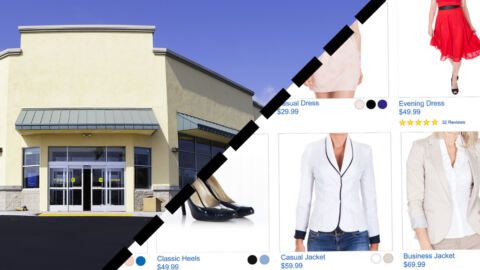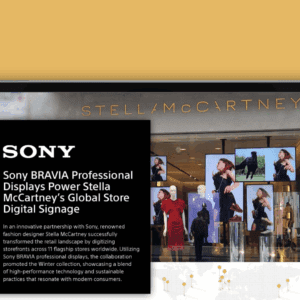New consumer research from AlixPartners reveals that despite rising inflation and concerns about the impact of tariffs, price alone is no longer the primary driver of consumer purchase decisions in the fashion and beauty sectors. Rather, the 2025 Consumer Sentiment Index report, Fashion: In Flux, reveals that a combination of value, authenticity and strong brand identity are major motivators this year.
“The core foundation of fashion retail is being tested by consumers who are both frustrated and increasingly fickle,” said Sonia Lapinsky, the Global Leader of Fashion Retail at AlixPartners in a statement. “Shoppers are tired of decoding pricing games, tired of lackluster service and tired of doing the work. Customers still want value — but today, value means quality, service and authenticity.”
According to the study, consumers are back in stores but are exercising caution about actually making purchases. Placer.ai data comparing the first 20 weeks of 2023 to the same period in 2025 revealed that in-store traffic is up 4%, but dwell time and basket sizes have declined by 3% and 5% respectively.
Even though consumers say price has become less of a deciding factor, that certainly doesn’t mean retailers and brands can raise prices with impunity. The opportunity for retailers is to make targeted price increases in select categories, using analytics and strategic discipline to guide their decisions. The report also cautions that “retailers who attempt to hold the line on pricing by reducing quality risk losing credibility.”
In certain product categories, such as athletic footwear, brand identity is critical for consumer acceptance. In fact, that’s been a consistent theme overall: in 2024, only 21% of consumers said a clear brand identity they can connect to was important, but that figure more than doubled to 43% in 2025. And nearly half (49%) of consumers said they would reduce spending elsewhere to afford the brands that they want.
Beauty Retailing Must Contend with ‘The Consumer PhD’
Consumers also are reconfiguring the role of price and value in the beauty category, and bringing their own expertise into the process. In the 2025 Consumer Sentiment Index Beauty: Age of Admission report, 76% of consumers said they want to purchase personal care and wellness with their beauty products, and 77% said ingredient and benefit information was important to their purchase decision. In addition, the fourth- and fifth-most popular beauty destinations were spas and doctor/dermatologist offices.
“Today’s beauty consumer expects pharmacological efficacy, not cosmetic claims,” said Lindy Firstenberg, Leader in the Beauty, Health and Wellness Practice at AlixPartners in a statement. “They understand ingredients, formulations and results, and expect brands to meet them at that level.”
The emphasis on health and wellness has provided an entrée to men. While only 13% of male consumers value the beauty shopping experience more than women, 63% value brand resonance more than their female counterparts. The emerging male beauty ideology is being fed by data-driven “longevity optimization” and performance-hacking trends, drawing more men into the beauty and wellness conversation.
Both reports highlight that store-based experiences are regaining importance, with consumers seeking tactile engagement, expert consultations, personalized recommendations and immersive storytelling.
The reports are based on two consumer surveys conducted in early August 2025. For the fashion study, AlixPartners surveyed 9,000+ consumers on their preferences and priorities across 140 retailers and nine fashion retail sectors, including accessories, luxury, footwear, outdoor and active. The beauty survey received responses from 5,000+ of consumers across dozens of major retailers and five verticals: department stores, drug and mass, monobrand, online and social, and specialty.











